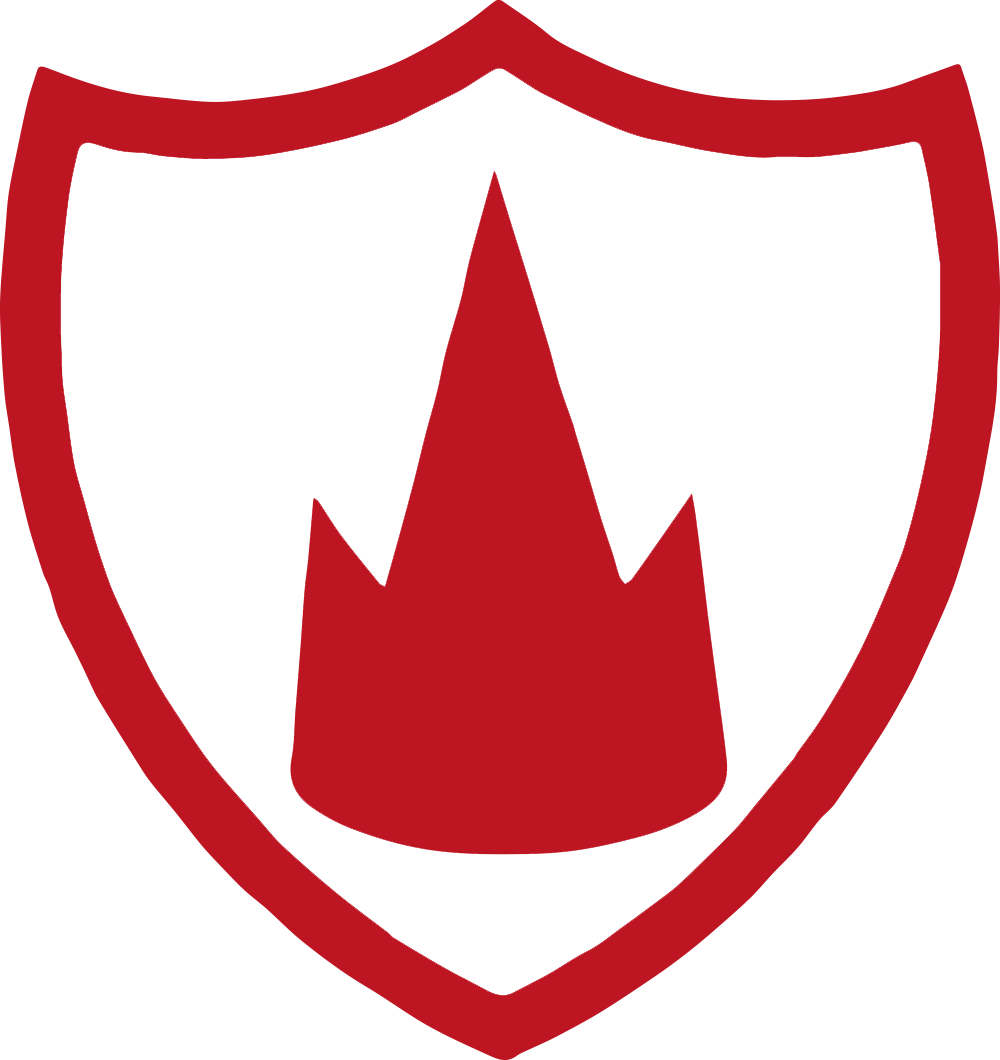Computing
Intent
Early Years Foundation Stage (EYFS)
By the end of the EYFS the children will safely use and explore a variety of functioning and broken or model devices.
KS1 and KS2
By the end of KS2, pupils will leave primary school as confident, capable and creative users of digital technology, with a secure understanding of the fundamental principles of computer science and as safe, responsible and discerning digital citizens. They will have experienced using a number of technology devices and software and outlined in the overviews.
Switched on computing starts from the National Curriculum programmes of study for Key Stages 1 and 2. As with the National Curriculum, the scheme aims to develop pupils’ computational thinking and creativity so that they can ‘understand and change the world’.
The scheme recognises that computing has three inter-related aspects:
- Computer Science (the foundations of computing, covering coding and computational thinking)
- Information Technology (the applications of computing, including working with documents, data and digital media)
- Digital Literacy (the implications of computing for individuals and society)
Implementation
In the EYFS opportunities for technology and computing will be integrated daily as part of our pupils play. Role play areas, at times, will contain both functioning and model/broken devices e.g. mobiles, telephones, ‘walkie talkies’, digital cameras for pupils to use. Remote control toys and Beebots will also be shared with the children. Pupils will be exposed to devices with a keyboard and mouse mat in small groups, using the Chrome books and window laptops, to enable them to further develop their pre learnt touch screen devices used at home. Voice recorders are used to help the children hear their own voice and experience playing back their recording. The EYFS pupils have opportunities to interact with the smart screens in their classes.
In KS1 and KS2, we deliver our Computing Curriculum through the Rising Stars Switched on Computing Scheme of Work. Children have access to Chrome books and Windows laptops that are in a trolley that can be wheeled to the classroom.
Teachers can choose to deliver Computing on a weekly basis for the duration of the half-term, or they can block it in bigger chunks.
The detail of where all the aspects of the Computing Curriculum are taught, can be found in the scheme of work. Each year group also has a Curriculum Map and the aspects of the Computing Curriculum designated to that year group have been allocated in the half-terms. Switched on Computing also recognises the ‘spiral’ nature of progression within computing: new knowledge, skills and understanding within each of the strands of the subject build on what’s gone before. Thus, for example, in programming pupils are introduced to a simple sequence of recorded button presses on a Bee Bot in Year 1, then move on to building programs by snapping together blocks to move sprites in Scratch Jr before going on to create their own animations, quizzes and games in Scratch. Pupils progress from simpler to more complex programming languages, but also build up their conceptual understanding of programming from sequence, through repetition and selection to variables, input and output.
Where possible teachers will use a variety of learning styles to ensure all children have access to the curriculum. Teachers strive to meet the needs of all individual learners in their teaching of Computing. This may include, for example, the use of mixed ability pairings or clear explanations.
(Please see our SEND/Equality Statement of Intent/Implementation for more information on ways in which we seek to ensure that all pupils have opportunities to succeed across all curriculum areas).
